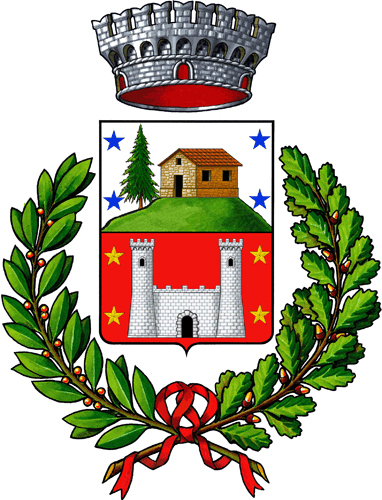
- Altitude:
- 1,098 m
- Surface area:
- 6.72 km²
- Current population:
- 1,513
- Patron Saint:
- Saints Rocco, Fabiano and Sebastiano
- Hamlets:
- Albertazzi, Burri, Bracelli, Centro, Negrini, Bricalli, S. Elisabetta
Caspoggio is a very well-known tourist centre, situated at a height of between 1,000 and 1,200 m.
The old village centre, which has almost disappeared amidst the numerous holiday homes built in recent decades, used to consist of one minute area of homes after another, intersected by very narrow, winding alleyways.
At the bottom of the village were the districts of Albertazzi and Burri, Bracelli, and close to the promontory of Caslèt, were the districts of Centro-fuori, Centro-dentro, Negrini and, just a little higher up, Bricalli.
Higher up stands the delightful hamlet of S. Elisabetta, which has since developed numerous holiday homes.
The name ‘Caspoggio’ is thought to originate from the word
‘caspa’ which, in the old dialect of the Valtellina referred not only to the farmer's pots, such as the wooden bowl, the slotted spoon and the earthenware bowl, but also to the hollow lands with a lake or marshland at the bottom.
Seen from above, the land on which Caspoggio stands is actually like a large hollow where, until a few years ago, there was a marshland at the lowest point at the foot of the slope of S. Elisabetta.
Like many other villages in the Valmalenco, Caspoggio is documented in fourteenth century records.
Caspoggio is also thought to be the first settlement to be inhabited permanently by inhabitants who came up from the area around Sondrio to the Valmalenco in search of new land and pastures to exploit.
We find a beautiful description of the village dating to the early 16th century in a book by the historian, Giovanni Tuana, in his work entitled
De rebus Vallistellinae.
He knew the Valamalenco very well as he had been the Church curate for several years.
Caspoggio is on a natural plain, amidst mountains, rather marshy pastures and few fields.
It has one hundred families and a church of Saints Sebastiano and Rocco (…).
These villagers, although they have a small, cold territory, are nevertheless so frugal and hard-working and so bold, that their life is not completely miserable.
The women go to glean in the pastures
In summer, the men live high in the mountains, where they look after the cattle and prepare wood to use to make bowls in winter, with which they fill the entire Valtellinas and Valmalenco, and those who do not belong to this trade travel along the Cavallaro road and quarry the split roofing tile.
The Municipality of Caspoggio was established in 1816.
Following the Unity of Italy, the Municipality began a major infrastructural work, which led the village out of its centuries-old primitive state: the construction of modern, carriageable roads to link with the sections connecting with Chiesa and directly with Torre.
By facilitating the transport of heavy equipment, these works were to lead to a massive phenomenon of migration towards the Po Valley.
It also led to the expansion of the skilled activities of the knife grinders, the
(muléta), a traditional craft of Caspoggio.
After a few decades, nearly all the men of the village carried out this craft, which brought about a considerable economic improvement for the families, even though they had to make many sacrifices: they only returned to the village for the main public holidays and for haymaking.
In 1930, there were over three hundred knife grinders in Caspoggio, including the mayor!
This craft continued until the Second World War and then gradually dwindled.
This was a period of economic boom linked to tourist activities: the construction of hotels, holidays, ski-lifts and the creation of new occupations in the tourism sector, such as the Alpine guide and the ski instructor.
RBibliography
-
Matilde Bergomi,
Politica e amministrazione in Val Malenco nell’Età Moderna,
Società Storica Valtellinese, Sondrio 2006
-
Franco Dioli,
Caspoggio nel secondo millennio,
Sondrio 2004
-
Sandrino Miotti – Rodolfo Pegorari,
Inventario dei toponimi valtellinesi e valchiavennaschi. 16 Territorio comunale di Caspoggio,
Società Storica Valtellinese, Sondrio 1986
-
Giovanni Tuana,
Fatti di Valtellina. De rebus Vallistellinae,
Società Storica Valtellinese, Sondrio 1998